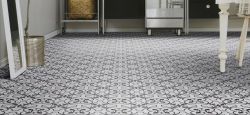Some of the top questions our in-store floorologists are asked about acclimatising laminate flooring can be answered quite easily – so here’s our expert advice on acclimatising your laminate flooring:
Can you stack laminate flooring to acclimatise it?
No, you should not stack laminate flooring when you acclimatise it. Your boards will come in pre-packaged boxes from the warehouse that you should keep intact, and you should lay each box horizontally flat on a space on the floor of the room it will be fitted in with a gap between each. This ensures that all your boards will acclimatise similarly, and you won’t break or bend any boards by stacking them upwards, as this can cause damage to the joints and locking mechanisms.
How long does laminate flooring need to acclimatise?
Laminate flooring needs a minimum of 48 hours to acclimatise, however, you can leave your flooring up to 72 hours if your manufacturer hasn’t provided any instructions and you want to be extra careful that it’s had time to get used to the conditions in the room.
What happens if you don’t acclimatise laminate flooring?
If you don’t acclimatise laminate flooring, there’s a high likelihood that it will begin to expand and contract after it’s been fitted. This could result in your boards shrinking from colder temperatures, leaving you with boards that are separating – more on that in our ‘Why is my laminate flooring separating?’ guide – or boards that have swollen due to high temperature and humidity, which can result in peaking joints and expansion gap issues.
The expansion gap is the recommended/advised gap left all around the edges of the room that is normally hidden by a trim. This gap is left there to account for any slight growth of your laminate boards when warmer weather rolls in during spring and summer, but it might not be big enough to contain swelling from boards that haven’t acclimatised. This can result in your boards lifting and pushing upwards due to not having enough room to expand outwards. There’s plenty of information about how to deal with this issue in our ‘Why is my laminate flooring lifting?’ guide, but it’s always best to avoid any issues by letting your flooring acclimatise in ideal conditions!
If you have any more questions about your laminate flooring, or if you want some advice on how well laminate flooring would work in your house, you can always book a free home visit from our floorologists. They’ll pop round and check out your space, as well as bring some samples for you to take a look at. And if you’ve already had your laminate flooring expertly fitted using our fitting service, why not check out our laminate care guide to make sure your flooring looks great for many years to come?





































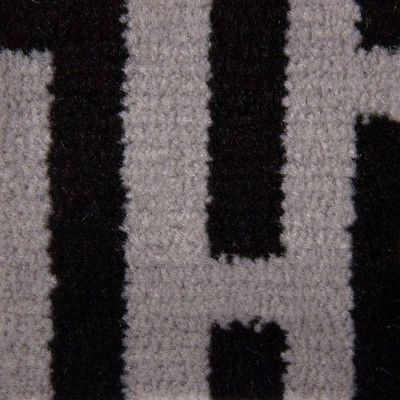

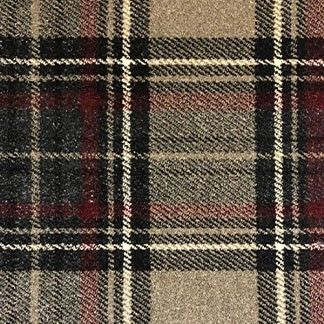
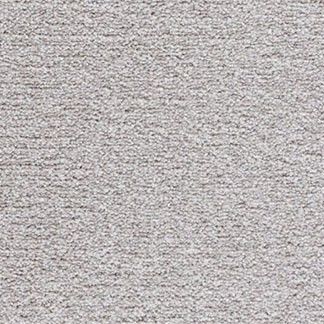














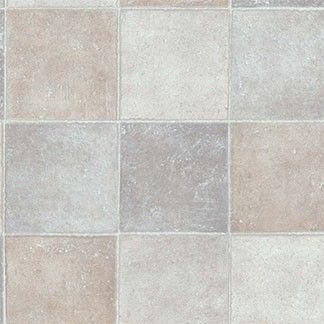
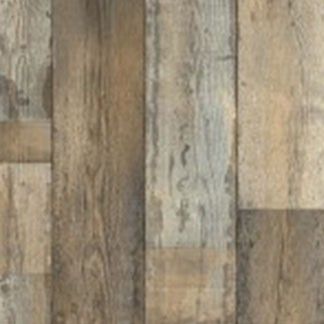










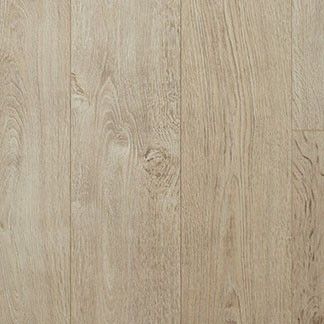












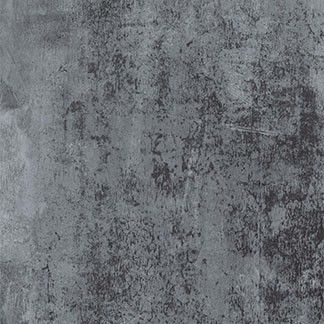

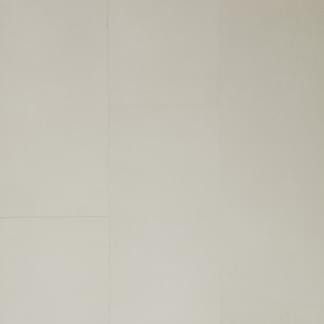




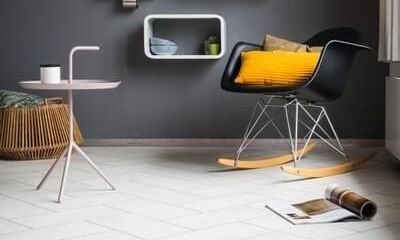
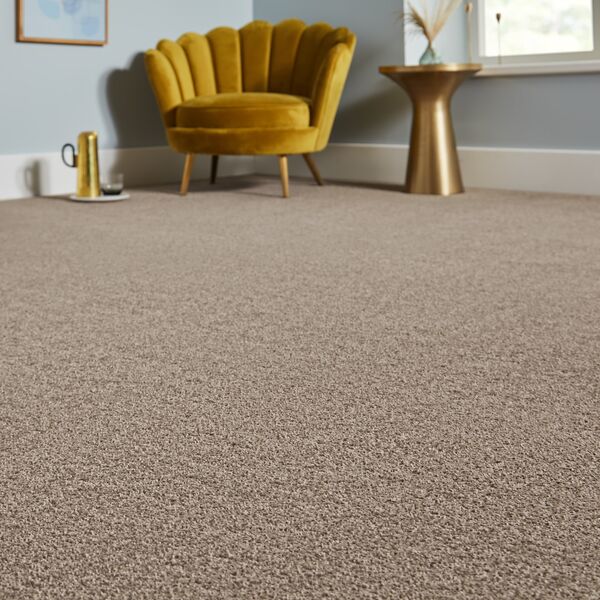
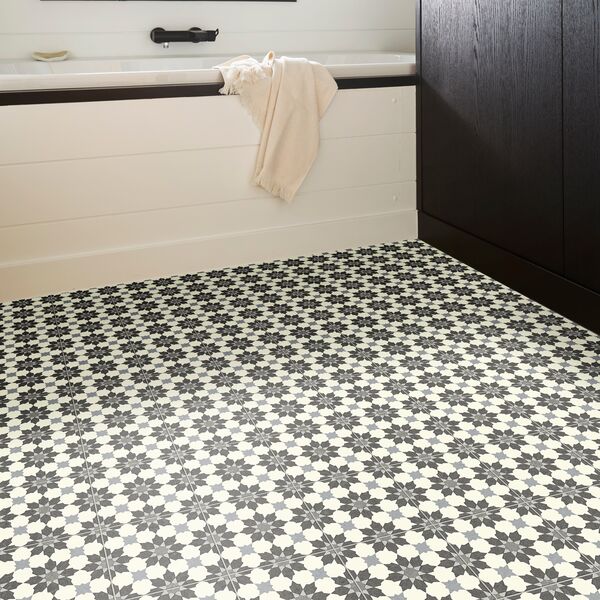
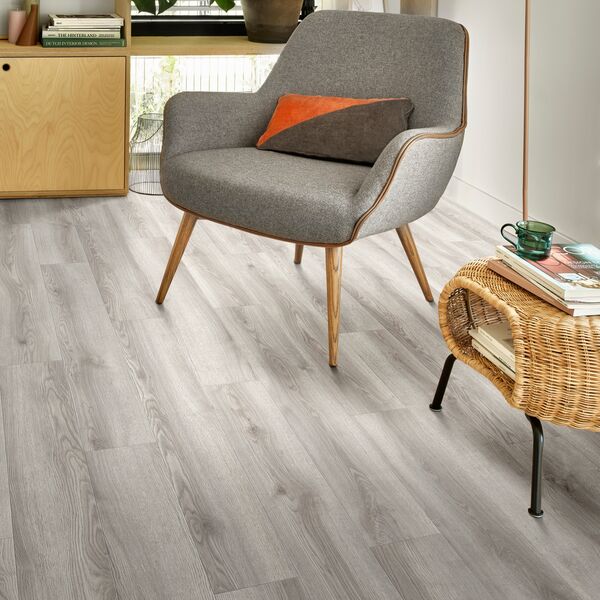
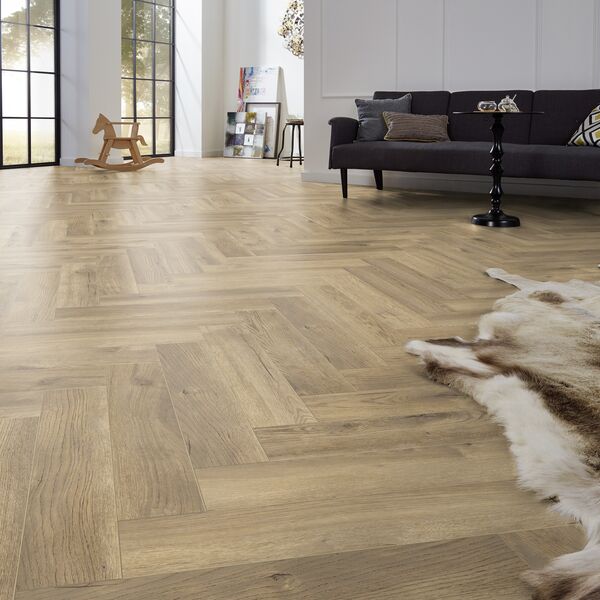


.jpg)
.jpg)




-250.jpg)

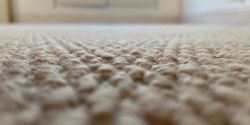
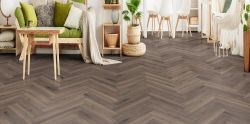
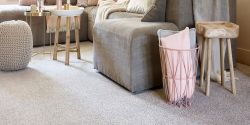




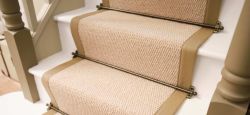
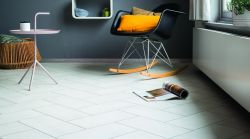




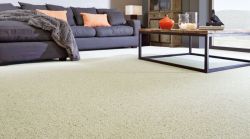
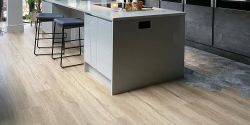


-250.jpg)
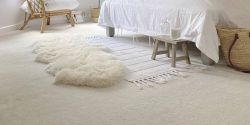






-250.jpg)
-250.jpg)
-250.jpg)
-250.jpg)
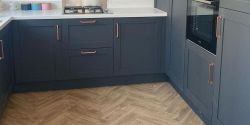
 copy-250.jpg)

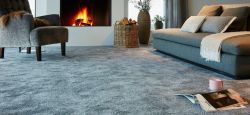
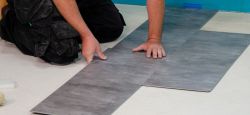

-250.jpg)
-250.jpg)

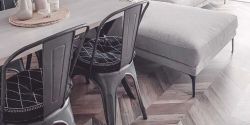
-250.jpg)
-250.jpg)
-250.jpg)

-250.jpg)
-250.jpg)
 - Article Image (not header)-250.jpg)
-250.jpg)
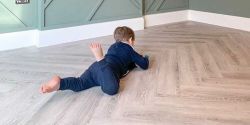
-250.jpg)

-250.jpg)
